The Fly
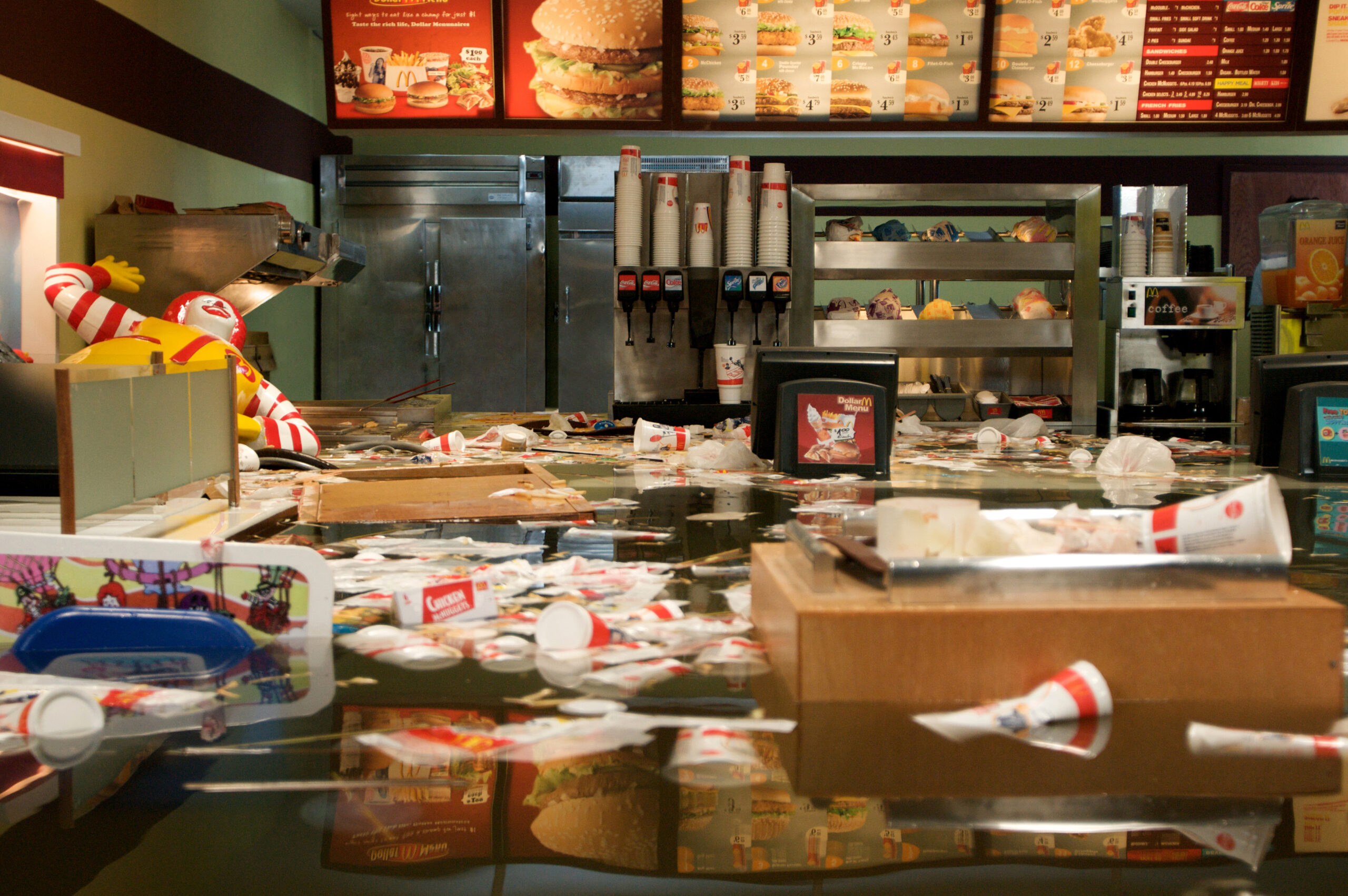


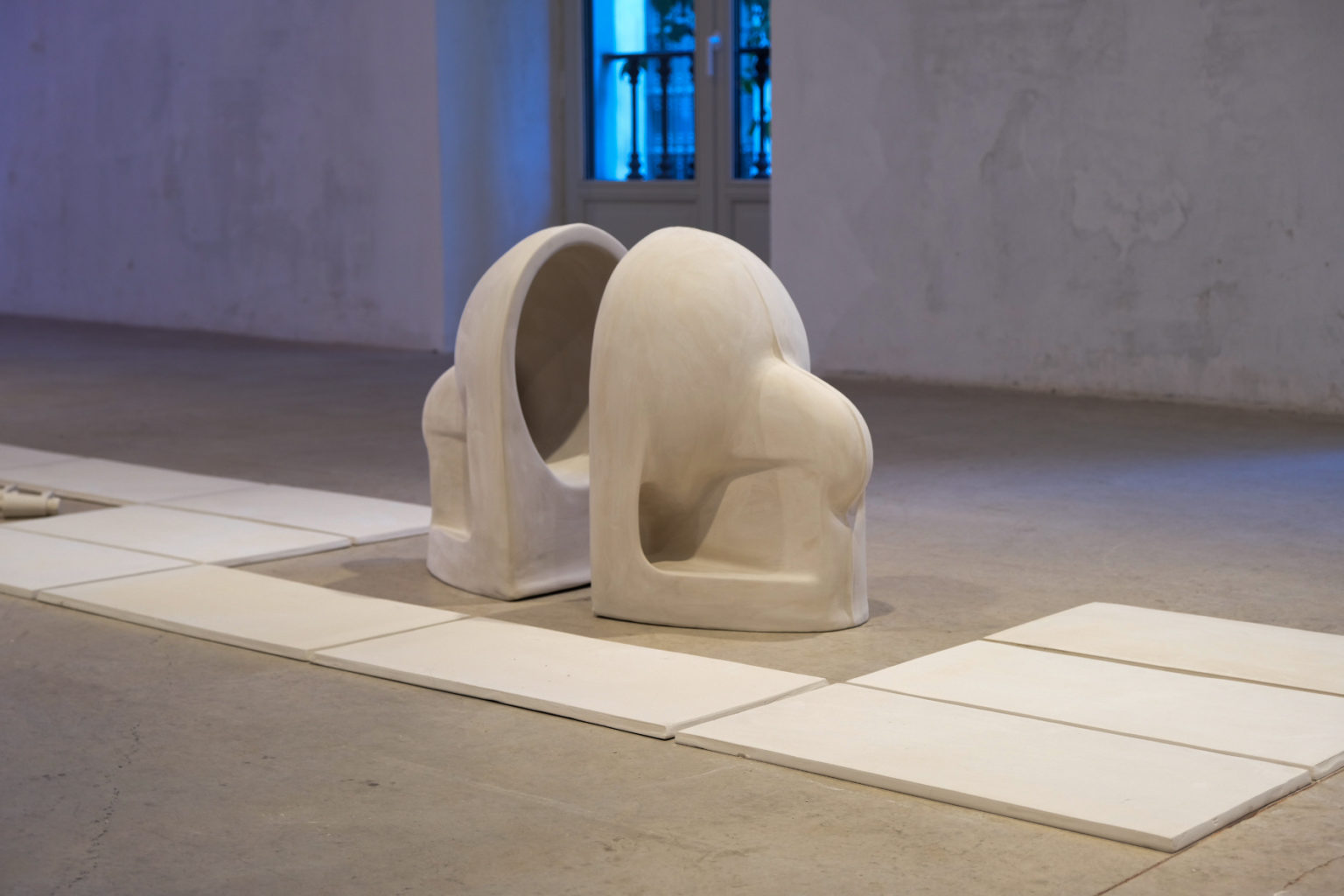
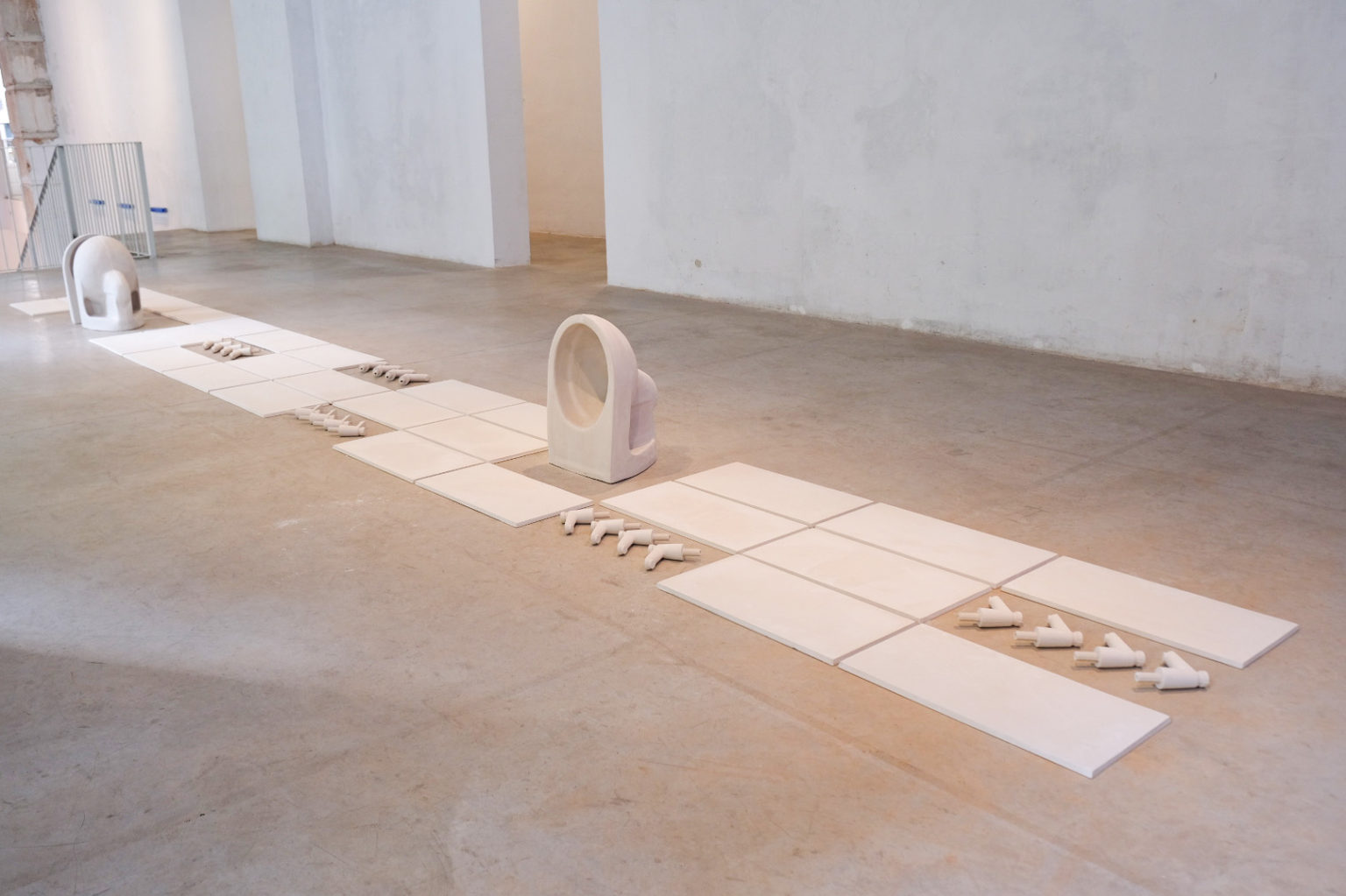

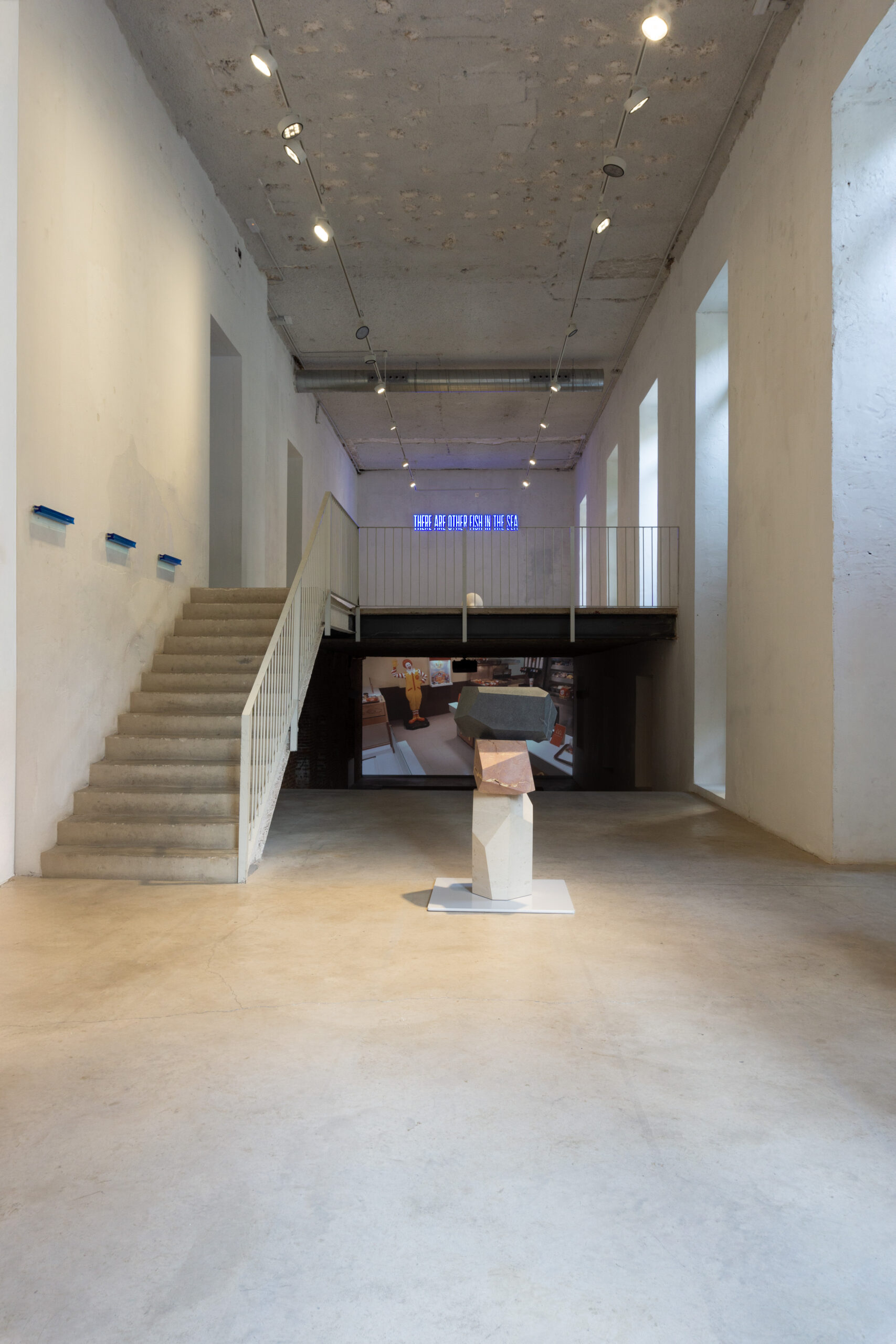
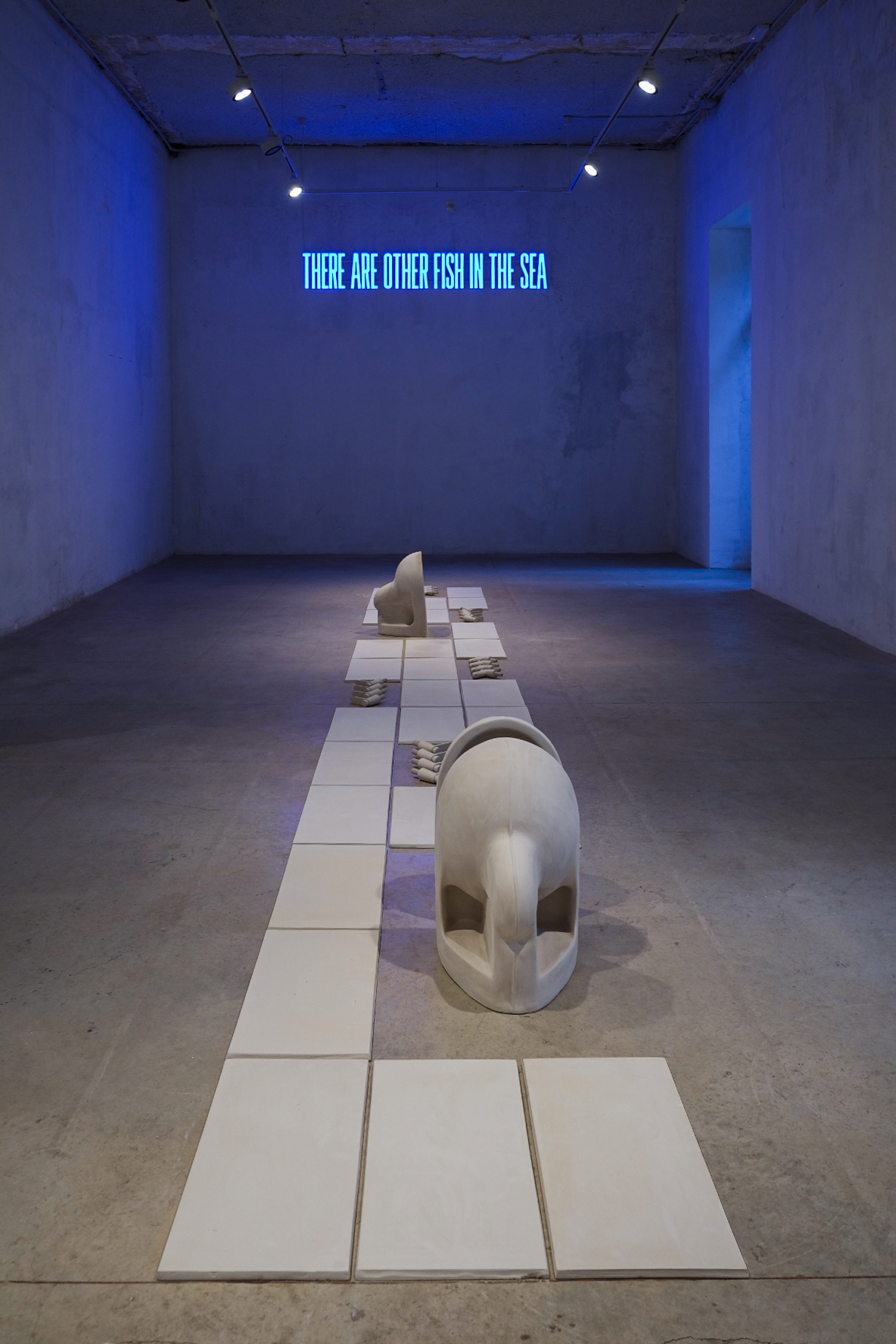
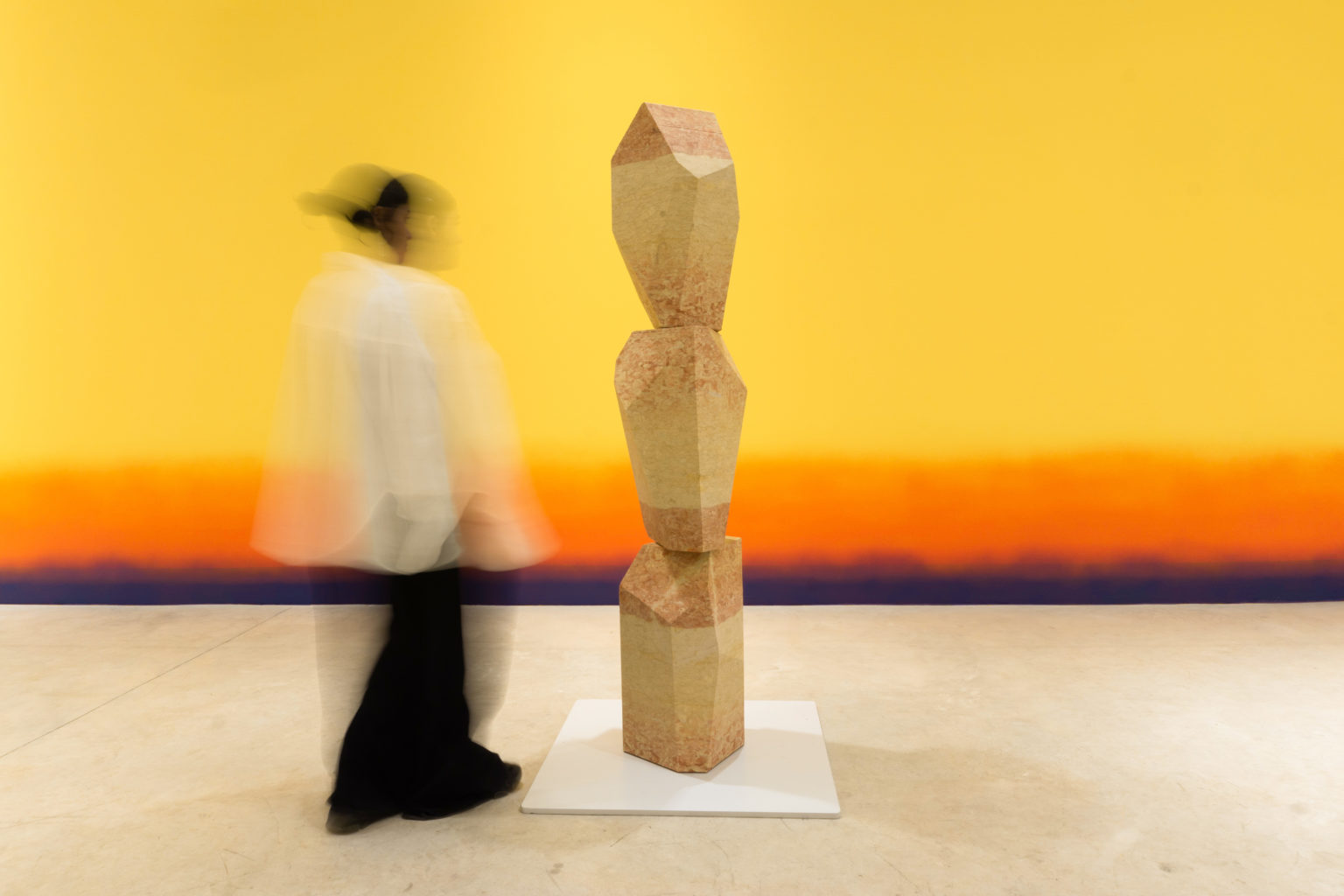

07.11.24 — 04.01.25
SUPERFLEX, the Danish artist group renowned for its playfully subversive projects and installations in museums and public spaces around the world, present The Fly, an immersive exhibition at Albarrán Bourdais Madrid dealing with the afterlife of everyday objects and symbols in relation to climate change and the rise of the sea level.
SUPERFLEX has gained global recognition for their collaborative projects and solo exhibitions in institutions such as Tate Modern, where they installed interconnected swings which expanded beyond the museum, fostering collaboration among visitors.
For The Fly, SUPERFLEX’s first solo exhibition in Madrid and with the gallery, the collective continue their ongoing explorations of alternative social and economic models, with new and existing sculptures, video works, photography and a wall painting made on site.
Looking beyond human perceptions of time, the exhibition speculates on possible futures in which artworks and everyday elements become archaeological remains which are inhabited by non-humans, embracing interspecies thinking and living.
The exhibition presents new works from the series «Power Toilet Death Masks», a set of molds for toilets and other sanitary equipment, made from objects found in the restroom of the United Nations Framework Convention on Climate Change. The objects are presented as death masks, referring to a likeness of a person made after their death.
With these works, SUPERFLEX humorously memorialises the rest room of the headquarters of an organisation dealing with the effects of climate change around the globe, while pointing towards a possible future in which human infrastructure has been put on display as an archaeological curiosity.
The bright blue LED sign «There Are Other Fish In The Sea» continues to reconceptualise human-centric discourse, appropriating advertising strategies to highlight the insignificance of human life in the wider context of life on Earth. SUPERFLEX incorporates interspecies thinking into its practice, drawing from a plausible future in which fish and other species flourish in our absence and inhabit our homes as sea levels rise.
In the new artwork «Ten Flies Staring at Each Other», replicas of ten houseflies are positioned in rows, staring intensely at each other. The flies are arranged in a perfectly geometrical formation that would be nearly impossible to find in nature. Flies have become completely dependent of humans’ domestic life and are often seen as a nuisance and an intruder.
Here, the flies, placed on the wall of an otherwise empty gallery, are the ones observing visitors as they meander around the space. As in the saying “a fly on the wall”, they are candid invisible observants of our civilisation.
In the following gallery is «As Close as We Get», a series of sculptures made with modular building blocks that feature many flat and irregular planes, which creates more surface area for fish and other marine creatures.
The Fly presents two constructions from the series, which according to SUPERFLEX, «function as art for humans and as potential homes for fish». The room’s walls are covered with an intervention made on site, transporting the sculpture and the visitor to a landscape painted in the colours of money.
Seeing their works as tools for societal change, since the 1990s the trio has challenged cultural symbols and perceptions of value and commodities. With «If Value Then Copy», SUPERFLEX subverts the dictum “if value then right”, which suggests that anything valuable should be copyrighted.
Here, three identical text paintings, repeated using mass production techniques, confront ideas of originality and authorship in the context of a climate emergency.
The video work «Flooded McDonald’s » acts too as an allegory of impending economic and ecological catastrophe. The post-apocalyptic work features a life-size replica of the fast-food restaurant gradually filling with water until the space is completely submerged.
One cannot see where the rising water comes from, only the furniture, food and recognisable packaging from a global symbol of capitalism and consumer society slowly sinking in the water.